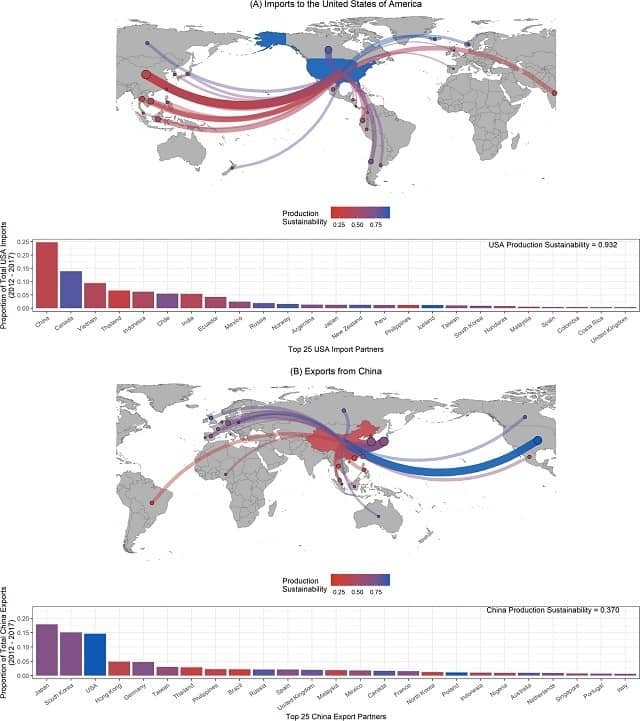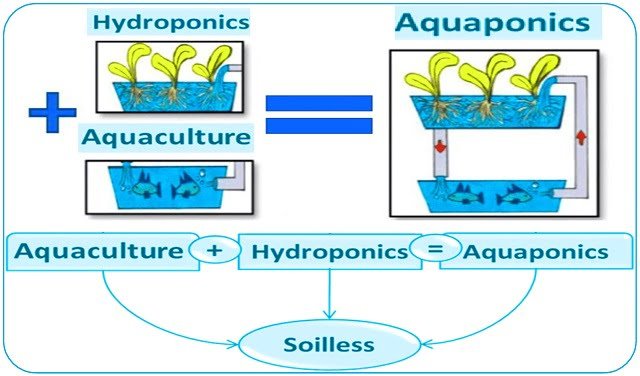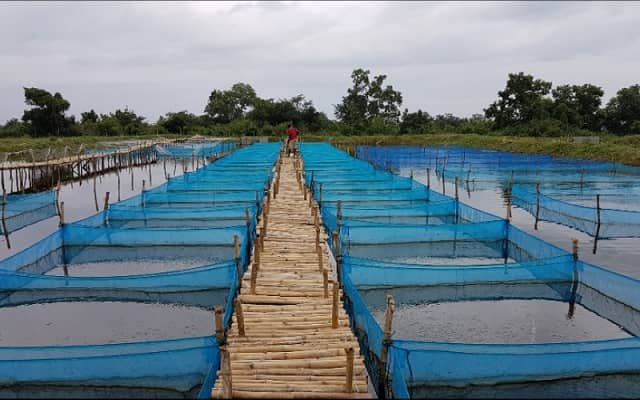
Seafood Plays a Fundamental Role in Global Food Systems, Providing Sustenance to Millions Worldwide. In 2017, approximately 3.3 billion people derived 20% of their animal protein intake from fish, a percentage even higher in many developing and small island nations. Moreover, the fishing and seafood industries are vital sources of employment and income, supporting the livelihoods of over 10% of the global population.
While many countries have made significant progress in managing their domestic fisheries, the intricate web of global seafood trade introduces a new layer of complexity to sustainability efforts.
A recent study published in Plos One sheds light on a significant disconnect between the sustainability of a country’s seafood production and its seafood consumption. By analyzing a global seafood trade database, researchers from the University of the Virgin Islands, NOAA Fisheries, and the University of California, San Diego, identified broad disparities between the sustainability standards of seafood produced and consumed across nations.
The Global Seafood Trade
The globalization of seafood markets has transformed how we consume seafood. Today, we rely on a complex international trade network to access a diverse range of seafood products. While this interconnection offers a variety of options, it also presents challenges in tracking and ensuring seafood sustainability throughout the supply chain.
The Study
To examine the nature of seafood sustainability, researchers utilized a metric of fisheries management intensity, the Fisheries Management Index (FMI), as an indicator of seafood production sustainability. By linking this measure with a high-resolution seafood trade database, the Global Trade Atlas (GTA), they characterized disparities in seafood production and consumption sustainability both within and between countries.
The study reveals that countries often lauded as leaders in sustainable seafood production may paradoxically consume seafood sourced from less sustainable fisheries. This discrepancy arises due to the intricate global trade network, which can obscure the origins and sustainability practices associated with seafood products.
The Challenge of Seafood Traceability
One of the primary obstacles in addressing this issue is the lack of precise seafood traceability. Current reporting practices for international trade often fail to provide detailed information about the origin and sustainability certifications of seafood products. This makes it challenging for consumers, policymakers, and industry stakeholders to make informed decisions and implement effective sustainability measures.
The Way Forward: Improved Traceability and Metrics
To ensure the long-term sustainability of global seafood supplies, it is imperative to enhance seafood traceability and develop more comprehensive sustainability metrics. These metrics should account for both the production and consumption aspects of seafood, providing a holistic view of sustainability performance.
Stay Always Informed
Join our communities to instantly receive the most important news, reports, and analysis from the aquaculture industry.
By investing in advanced technologies and fostering international cooperation, we can improve our ability to trace seafood from its source to the consumer’s plate. This increased transparency will empower consumers to make sustainable choices and hold producers and retailers accountable.
Conclusion
In conclusion, the complex interaction between seafood production and consumption underscores the need for a global approach to seafood sustainability.
The study’s key findings include:
- Developed countries, such as the U.S., heavily rely on imports to meet their seafood consumption, often sourced from countries with less sustainable management practices.
- The sustainability of seafood consumption in developed nations is largely determined by the countries from which they import, rather than their own production practices.
- The disparity in sustainability between seafood production and consumption is exacerbated by China’s dominance in the seafood export market, accounting for over 20% of global exports.
- The lack of transparency in seafood trade, including re-exports and transshipment, complicates accurate accounting of seafood consumption sustainability.
- Inability to track seafood from source to consumption hampers efforts to promote sustainability at the consumer level and hold producers accountable for their practices.
- Certification systems and sustainable seafood guides can help promote sustainability, but their effectiveness is hindered by the complexity of seafood markets and trade opacity.
To enhance global seafood traceability, the study suggests expanding the standardized international system of trade classification names and codes and exploring emerging technologies such as blockchain.
Overall, the study highlights the need for greater transparency and accountability in seafood trade to promote sustainability and ensure that consumers have access to sustainable seafood options.
Contact
Kayla M. Blincow
College of Science and Mathematics, University of the Virgin Islands
St. Thomas, U.S. Virgin Islands, United States of America
Email: kblincow@ucsd.edu
Reference (open access)
Blincow KM, Haynie AC, Semmens BX (2024) Disparities between sustainability of country-level seafood production and consumption. PLoS ONE 19(12): e0313823. https://doi.org/10.1371/journal.pone.0313823
Editor at the digital magazine AquaHoy. He holds a degree in Aquaculture Biology from the National University of Santa (UNS) and a Master’s degree in Science and Innovation Management from the Polytechnic University of Valencia, with postgraduate diplomas in Business Innovation and Innovation Management. He possesses extensive experience in the aquaculture and fisheries sector, having led the Fisheries Innovation Unit of the National Program for Innovation in Fisheries and Aquaculture (PNIPA). He has served as a senior consultant in technology watch, an innovation project formulator and advisor, and a lecturer at UNS. He is a member of the Peruvian College of Biologists and was recognized by the World Aquaculture Society (WAS) in 2016 for his contribution to aquaculture.




